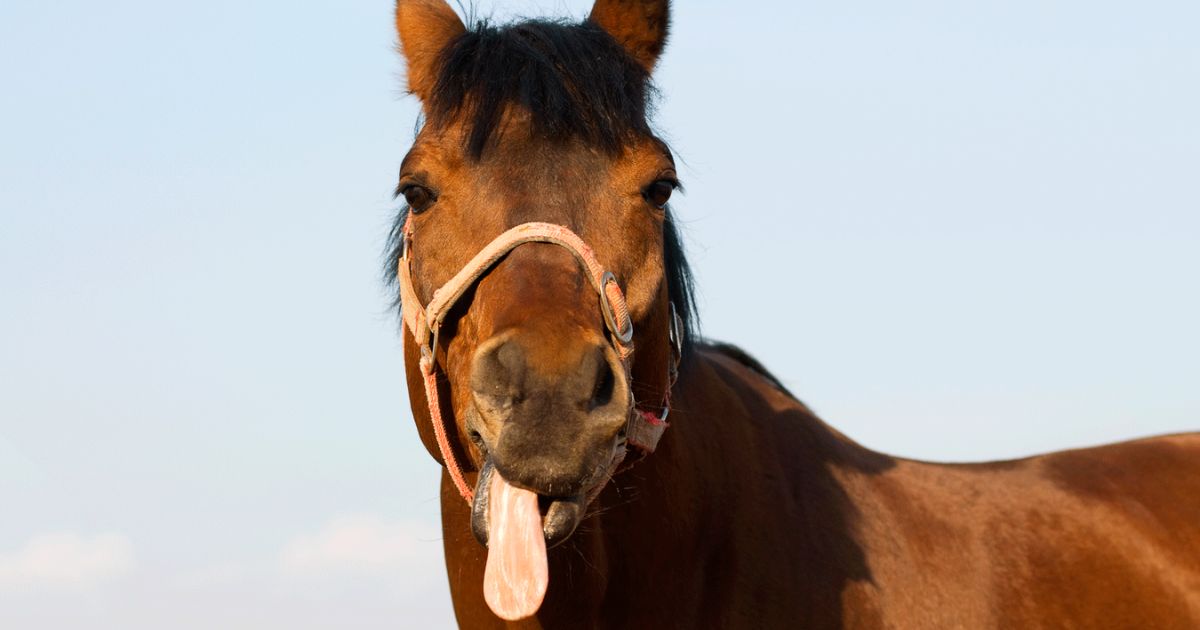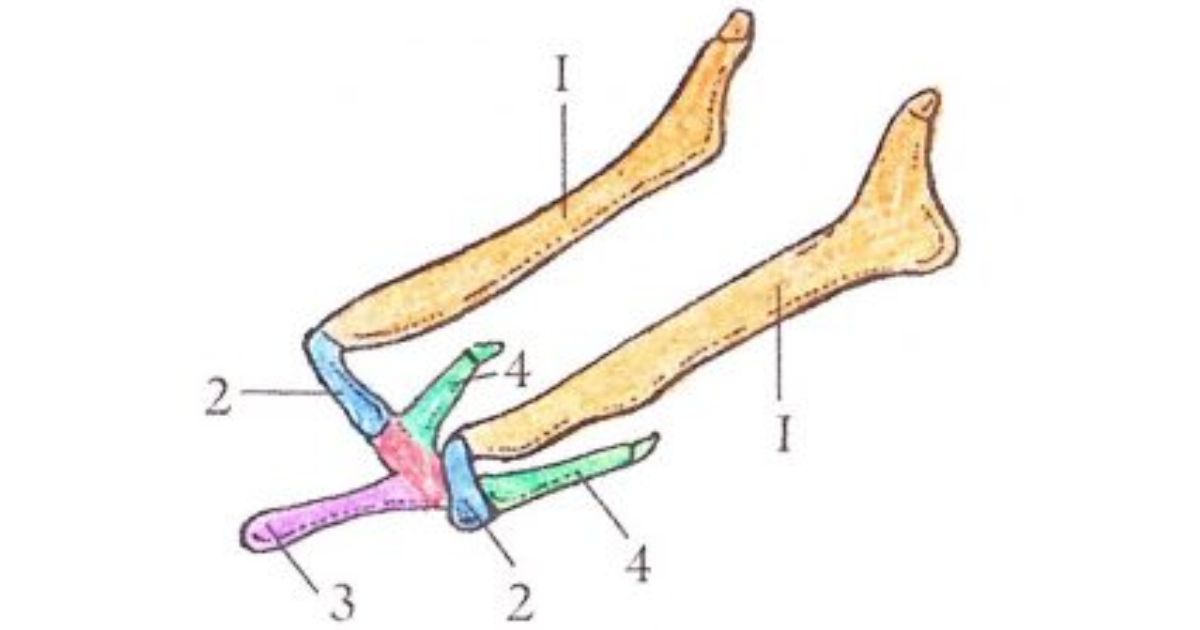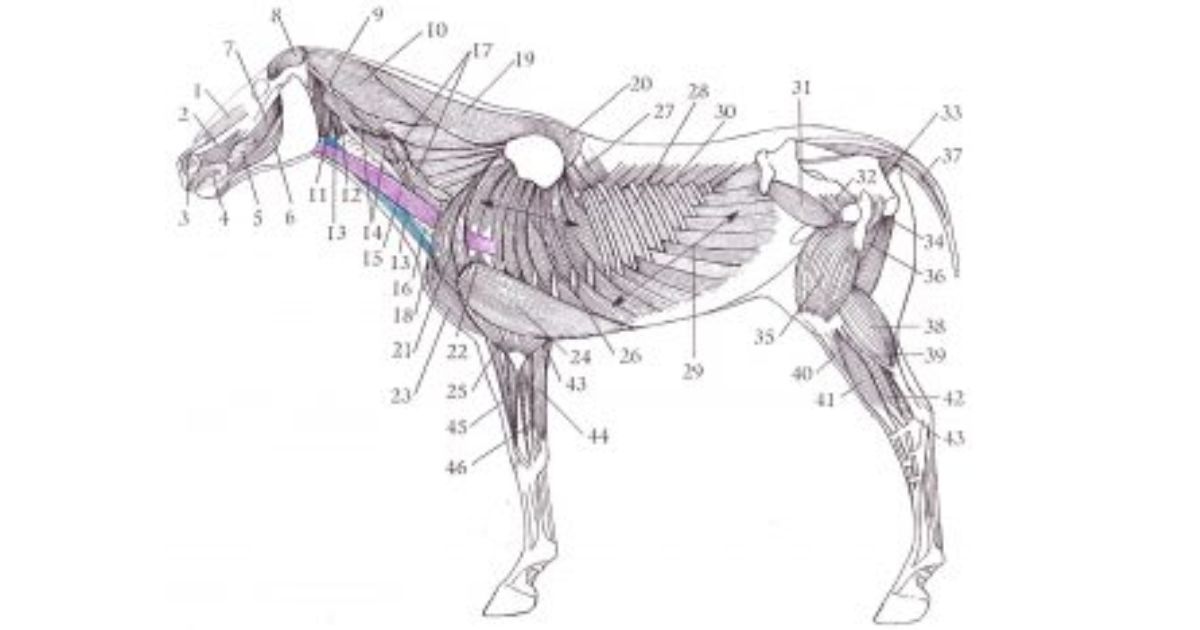Menu

Did you know that for a horse to bend its neck and simultaneously breathe, its lower jaw must be able to be pushed slightly forward? And when the horse, for example, is posed or bent to the left, it pushes its lower jaw to the right and vice versa? If the horse cannot do this, it loses balance and therefore tenses up in the body to compensate for this. Locking and/or tension around the jaw joint and the hyoid bone, therefore, also causes tension in the neck, affecting mobility down through the entire spine.
This article is written by Anja Thorup, who is a cand. scient. with a specialty in horse behavior and welfare.
Likewise, locking, asymmetries, and tensions around the horse's hyoid bone, which is closely connected to the horse's jaw joint and attaches to the skull just behind it, can affect the mobility of the entire horse's spine. Furthermore, there are muscle connections from the hyoid bone to both the pharynx, the jaw joint, the neck, the scapula, and the sternum. This means that if the horse is bothered in and around the tongue, it can not only affect the horse's food intake and digestion but will greatly also affect both the horse's balance, front leg action, and degree of collection.
Read also: Recognizing equine conflict behavior
Looking a little closer at the horse's anatomy, the horse's hyoid bone (os hyoideum) consists of 7 small bones, which connect the horse's tongue to the jaw joint and the pharynx. Two large muscles also originate from the horse's hyoid bone, connecting the tongue with the shoulder (m. omohyoideus) and the sternum (m. sternohyoideus) respectively.
The hyoid bone "hangs" almost like a swing in the horse's cranium. The two long stylohyoid bones attach just behind the horse's jaw joint (on os temporale), while Thyrohyoid is connected to the thyroid gland, and lingual process, which protrudes from Basilhyoid (which can be likened to "the seat of the swing"), is the part that is embedded in the tongue itself.

In anatomy books, the horse's hyoid bone is often described as part of the horse's respiratory and digestive system, as the hyoid bone is highly involved therein. But as it appears here, the horse's hyoid bone can also have a great significance for the horse's movement pattern. And conversely, tension in the two large muscles that run from the horse's hyoid bone, along the neck to the shoulder and sternum, can affect both the horse's breathing and indirectly also its digestion.
The bones of the hyoid bone are quite delicate and can easily be damaged, for example by pulling on the horse's tongue, but also pulling on the horse's ears can affect the horse's hyoid bone, as can dental problems, inappropriate use of the bridle and any auxiliary reins can be a common cause of problems with the hyoid bone. Yes, even a poorly fitted saddle can give the horse problems around the jaw and hyoid bone.
If the horse has problems around the hyoid bone and/or jaw joint, it can result in the horse not chewing its food properly, which can result in digestive problems, colic, gastric ulcers. This can again affect the entire horse's biochemistry, and can ultimately cause both hormonal disturbances and behavioral problems.
Read also: English, hanoverian, combined or cross noseband?
For example, many find that their slightly too "awake" horses get better and "settle down more" if they are given a supplement of magnesium. But if the horse is not able to absorb the magnesium that is in its feed, due to digestive problems, which are due to it not chewing its food properly, due to problems around the jaw and/or hyoid bone. Then we have not really helped the horse much by giving it extra magnesium, but just removed a symptom. However, we must also be aware that magnesium deficiency can be due to much more than problems with the jaw and/or hyoid bone.

Because of the hyoid bone's muscular connections to the horse's forelegs, problems here can affect the entire way the horse moves - even the way the horse stands can be influenced by the horse's jaw joint and hyoid bone, which can result in the horse's hooves developing unevenly over time. Often, horses that have problems with the jaw joint and/or hyoid bone will walk with short steps on one or both forelegs.
Another typical sign is that they push the sternum forward and down, that they "hang in the back," and that they become "upset" if one tries to trigger their back reflex - yes, many of the horses do not like to be touched or groomed on the underside of the neck and on the belly, and even putting on and taking off a blanket can bother them greatly.
Read also: TTouch: The help for nervous and tense horses is right at hand
In connection with training, the horse will typically be restless with its head, be heavy at the front, be difficult to collect, have difficulty with side movements to one or both sides, push the shoulder in/out on one or both voltes, will not seek correctly forward to the bit, and will have difficulty using its back correctly. It is also not uncommon for horses that have problems with the jaw and/or hyoid bone to become lame, have shoulder problems, have tendon problems in one or both forelegs, have lower back problems, and even problems with the pelvis can stem from the jaw and hyoid bone.
Be aware that the horse may have other symptoms than those mentioned, and these symptoms can also be caused by other problems than problems with the horse's tongue.